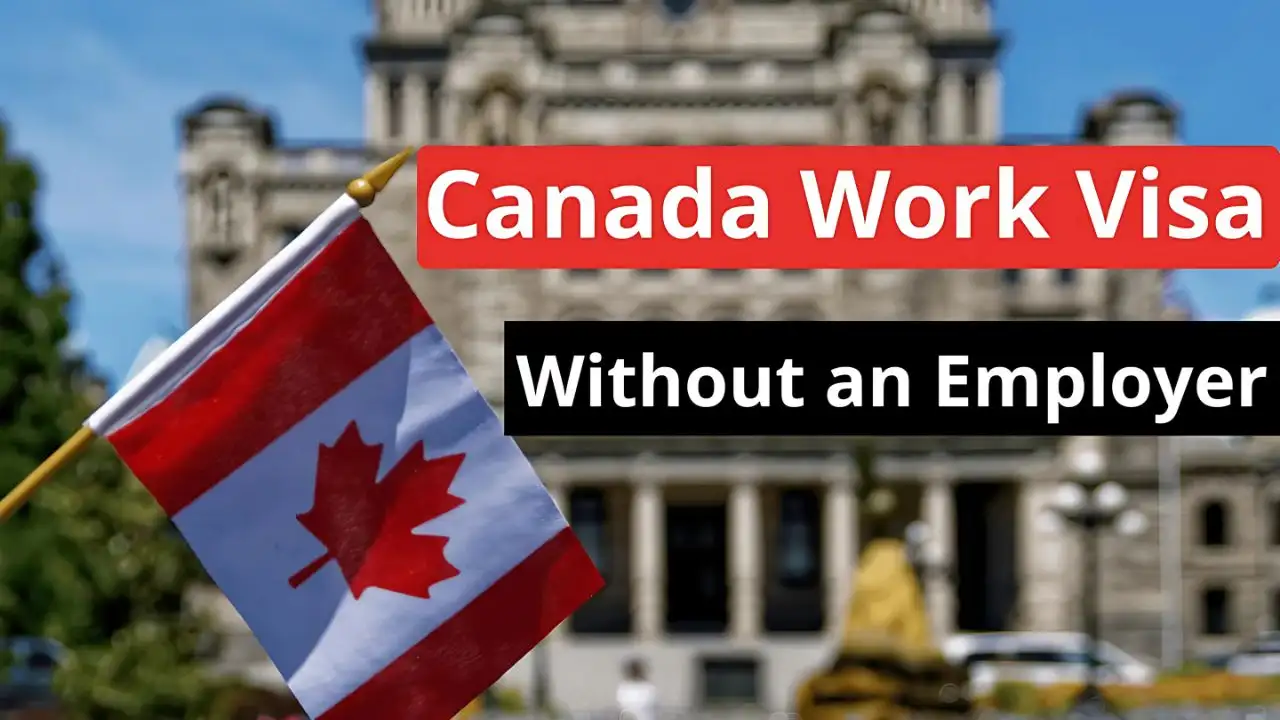As of July 2025, Canada continues to attract foreign talent as one of the best destinations available anywhere in the world for skilled professionals, temporary workers, and laborers who want to build a career abroad. Some industries suffer chronic shortages of workers, namely, healthcare, construction, IT, agriculture, and hospitality, and the government of Canada remains committed to welcoming foreign talent through various work visa schemes and programs. Whether seeking processing for a temporary work permit or pursuing permanent residency by means of employment, understanding the process will smooth one’s transition.
Types of Canada Work Visas in 2025
Canada offers two main categories of work permits: employer-specific permits and open permits. An employer-specific permit enables the foreign national to work for a specified employer, subject to conditions such as place of work, job description, and duration of stay in Canada. Most of the time, it requires a Labour Market Impact Assessment (LMIA), which verifies that the employer cannot find a Canadian citizen or a permanent resident to fill the position.
An open work permit, on the contrary, does not restrict the holder’s ability to work for any employer in Canada. This work permit is generally issued to spouses of skilled workers or international students and those under certain immigration programs like International Experience Canada (IEC) or the post-graduate work permit.
Documents Required for a Canada Work Visa
Applicant or applicant’s representative should ensure the preparation of all key papers needed for applying for a Canadian work visa in July 2025. These documents usually include a valid passport, job letter, and the filled-out application form. It is necessary to attach to the employer-specific permit application an approved LMIA and a signed employment contract. You are also required to produce documents that validate your educational qualifications, prove your work experience in the area of knowledge, and attest to your proficiency in the language (English or French) such as test results for IELTS or TEF.
Diseases and police certificates of character may be required particularly if applying to work in healthcare, caring for children, or long-term jobs. Additionally, they may request proof of funds to show that you will have the money to support yourself financially while staying in Canada, such as bank statements and letter of employment.
Step-by-Step Application Process
First, the individual will have to obtain a valid job offer from a Canadian-based employer. If a Labour Market Impact Assessment is needed, the employer applies to Employment and Social Development Canada for this.
Following the LMIA grant, the prospective foreign worker may initiate the work permit application process. Applications may be accepted via the internet. They are typically made through the Immigration, Refugees and Citizenship Canada (IRCC) website.
Firstly, one has to create an online profile. Afterward, they will complete the online application form for a work permit and upload valid documentation. To complete the process, visa applicants must pay the processing fee.
You will typically be invited to go to the local Visa Application Centre to give your biometric information, such as fingerprints and photographs, after your application is accepted. You may also be interviewed and, depending on your country of residence, your medical examination may be required.
Processing times depend on your nationality, the type of visa, and how complete your application is. It usually takes about 6 to 12 weeks on average. After the letter of introduction has been granted, the actual work permit will be granted upon your arrival in Canada.
Conditions and Extensions After Arrival
When you arrive in Canada, your work permit will set out the conditions of employment that apply to you. It is important that you abide by those terms to maintain your legal status. Should your employment situation change you may be required to apply for a new work permit or an extension before your current work permit expires.
As some workers may be able to apply under the Canadian Experience Class (CEC) or Provincial Nominee Program (PNP) from a temporary work permit status to permanent residence, this provides a long-term settlement pathway for workers willing to make Canada their permanent home.
Conclusion: Have a Plan in Place Early and Apply Wisely
The Canadian work visa process in July 2025 must be carefully prepared for and each detail considered. For foreign workers, becoming acquainted with the respective types of visas, obtaining the necessary documents, and successfully completing all application steps will greatly enhance their chances for success. Canada still welcomes all global talents willing to contribute to its economy and diversify its workforce, given the right job offer and a well-prepared application.




